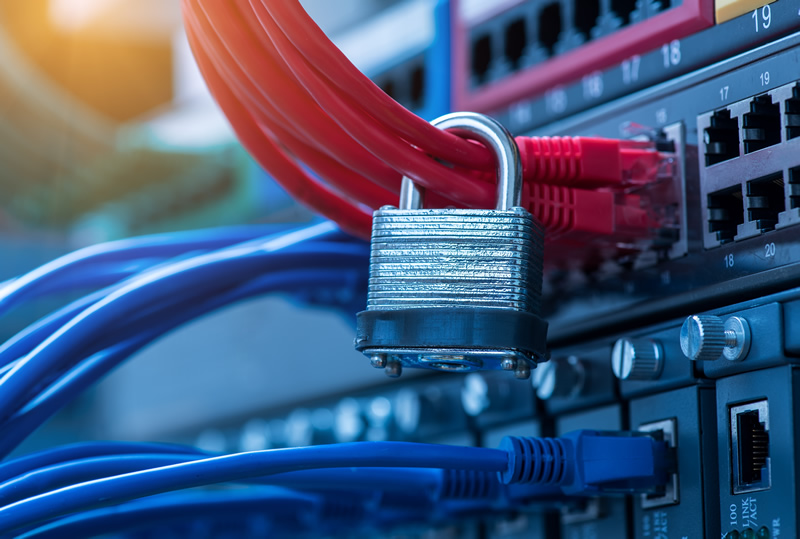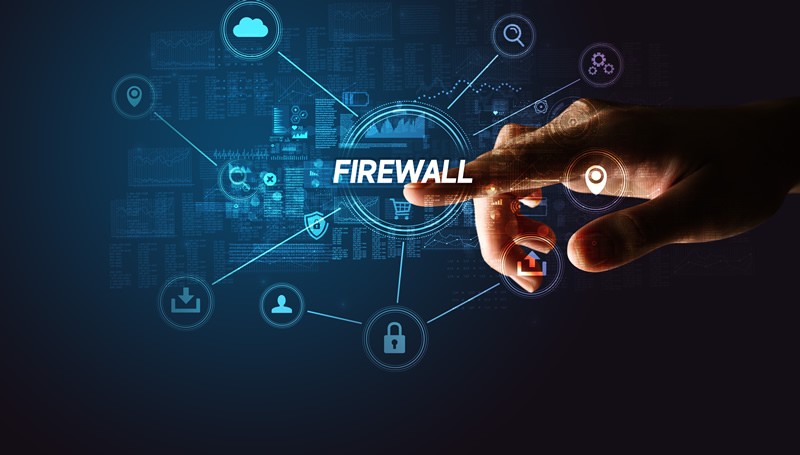
Have you ever wondered what a firewall is? Before sitting down to read this you’d be forgiven for only hearing about them in espionage thrillers. Don’t be fooled, firewalls are a vital part of keeping you and your network secure from malicious attacks.
Simply put, firewalls are software or hardware dedicated to monitoring entry points on a computer (ports) from external devices, like other computers on the network. Based on rules and filters, the firewall either allows or denies access depending on the information collected by their IP address. In the next few paragraphs, we’ll go over a basic understanding of each type of firewall, and the pros and cons of each.
Types of firewalls
1. Packet Filtering firewall
Packet Filtering firewalls monitor junction points on your network such as the router. The firewall monitors packets of information and decides whether or not a message is dangerous.
The advantage of this type of firewall is it can scan packets fast, it’s less taxing on your network and it’s generally less expensive to set up.
2. Circuit level gateway
Circuit level gateways monitor TCP handshakes and other network messages as sessions between the network and an outside source are created. Based on these handshakes, the circuit-level gateway determines whether or not the connection between the network and the outside source can be made.
What is a TCP handshake?
TCP stands for Transmission control protocol. TCP is a reliable and safe way to transport data from one user to another. You will often see it used in email or messaging services.
The computer trying to connect to your network must identify itself, your host computer can then determine whether this new computer is a threat or not.
Typically Circuit level gateways are used with some other type of firewall. Why? If by chance someone malicious gets past the circuit-level gateway firewall, there is no way of preventing leakages.
3. Stateful Inspection firewall
The stateful inspection firewall is similar to the packet filtering firewall in that they both examine packets at ports before deciding to allow them on the network or to drop them. What makes the Stateful Inspection firewall different is it also keeps track of whether a certain packet is part of another network session or an ongoing messaging on your network. This makes them more taxing on your network and more expensive.
4. Application-level gateway
Also known as a proxy firewall, these devices create one single entrance and exit point for a network. Application-level gateways filter packets based on what the connection is meant to accomplish.
What makes them special is that, on top of filtering through packets, application-level gateways review request strings sent to your network.
Proxy firewalls examine all communication between outside devices and your network. This provides many levels of control for you and your network, but you will likely require professional help to optimize it. Unless you are especially vulnerable to attacks you will likely not need a proxy firewall.

Conclusion – We’ve only scratched the surface.
While this article is only intended to provide a basic understanding of firewalls we hope it will help you make an informed decision about your network security
When it comes to your IT security, there is nothing more important than having your security set up properly. For those looking at setting up their network security, or amping up their current security
Netcotech has the expertise to help maintain and improve your security. If you are interested in getting more information on their IT services please visit here.